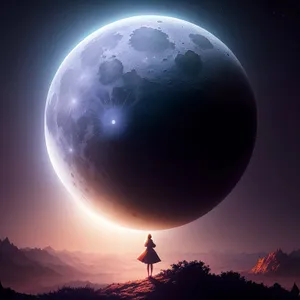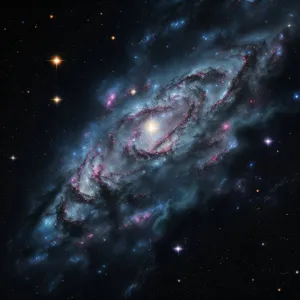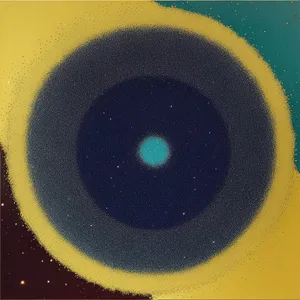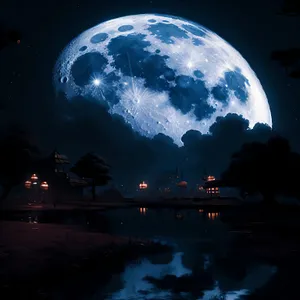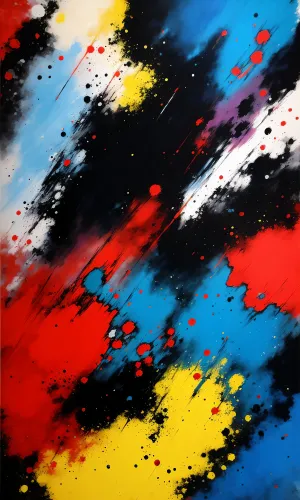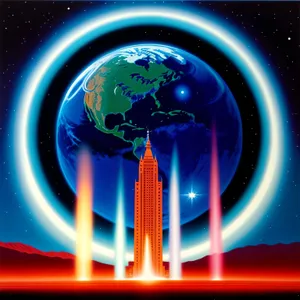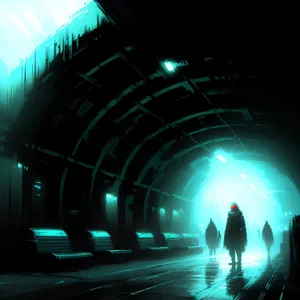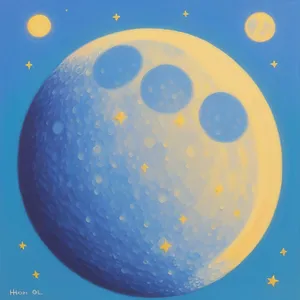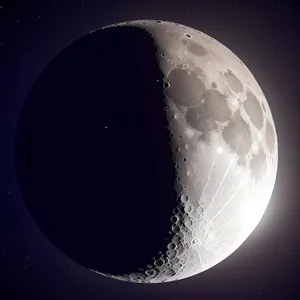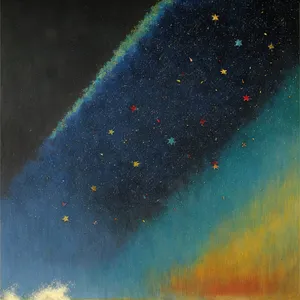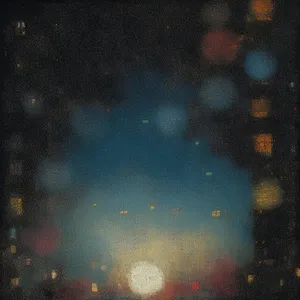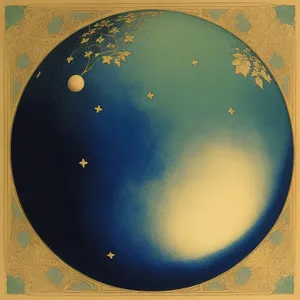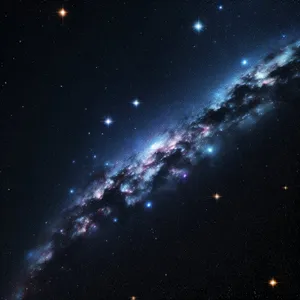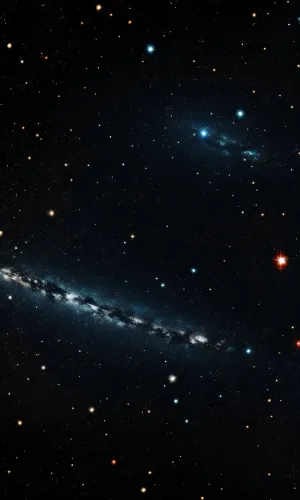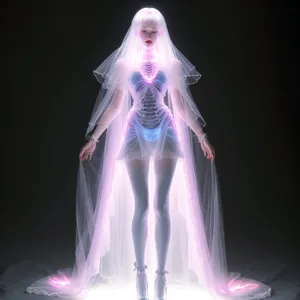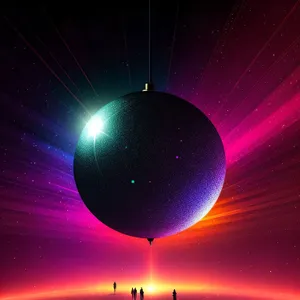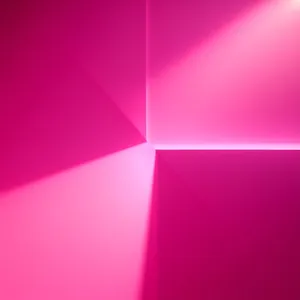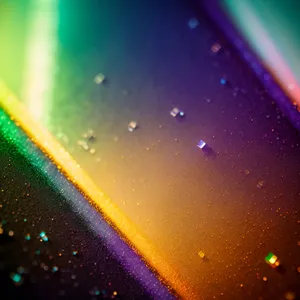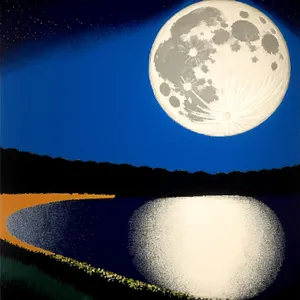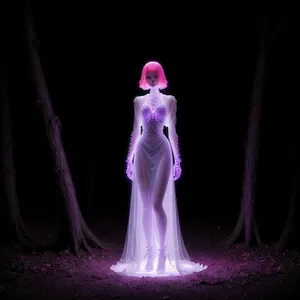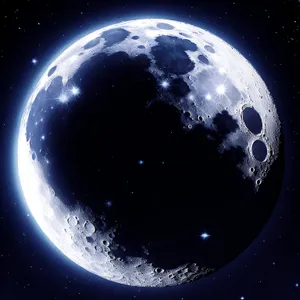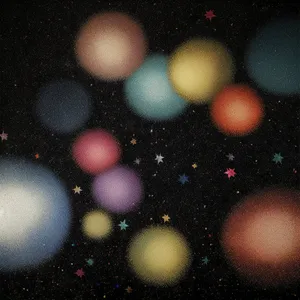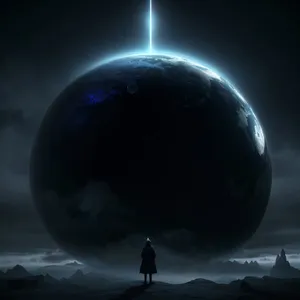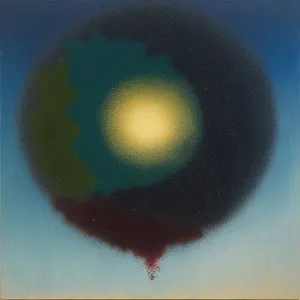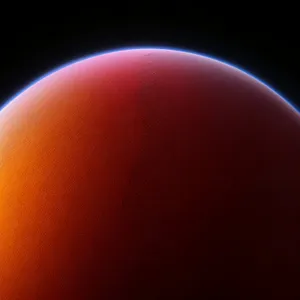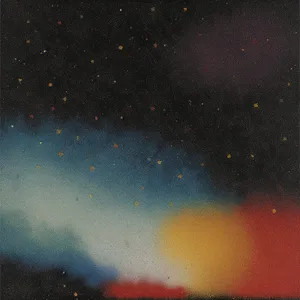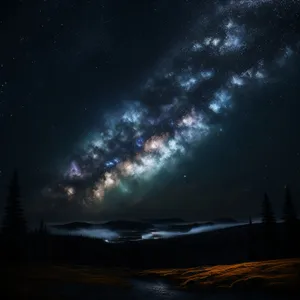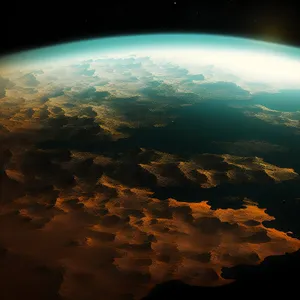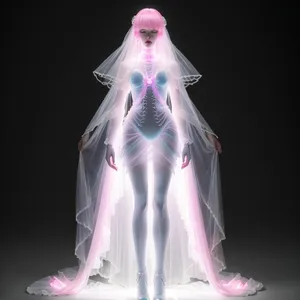Science Pictures, Images and Stock photos
Who isn't fascinated by the wonders of science? It propelled humanity to the moon, gave us our smartphones, and holds the potential to heal our ailments. Whether you have a penchant for science-themed backgrounds, symbols, or even delve into the realms of science fiction, EterStock's extensive library features captivating science pictures crafted by contributors worldwide. Take a moment to peruse our handpicked collection of top-notch science stock photos and royalty-free images by scrolling down — we've curated a selection tailored to fulfill all your science-related image requirements.
The Hubble Space Telescope: Unveiling the Beauty of the Universe
One of the most iconic tools in the realm of astronomy is the Hubble Space Telescope. Launched in 1990, the Hubble has supplied us with unprecedented views of the galaxy, capturing images that have both astounded and inspired. From the mesmerizing Pillars of Creation in the Eagle Nebula to the colorful and chaotic swirls of the Crab Nebula, the Hubble has delivered a visual feast for scientists and enthusiasts alike.
Cosmic Phenomena: Supernovae, Nebulae, and Black Holes
Science related pictures have allowed us to witness the dramatic events that shape the cosmos. Supernovae, the explosive deaths of massive stars, are among the most awe-inspiring phenomena. The remnants of these stellar explosions, such as the Crab Nebula, showcase the dynamic interplay of matter and energy in the aftermath of a cosmic cataclysm.
Nebulae, vast clouds of gas and dust, are stellar nurseries where new stars are born. The Orion Nebula, a radiant jewel in our night sky, is a prime example of the mesmerizing beauty concealed within these cosmic clouds.
Black holes, mysterious and powerful, exert a gravitational force so intense that nothing, not even light, can escape their grasp. The first-ever image of a black hole captured by the Event Horizon Telescope in 2019 marked a historic moment in physics picture, providing a visual evidence to the presence of these enigmatic entities.
Galaxies: Islands of Stars in the Cosmic Ocean
Galaxies, vast systems containing billions of stars, are the building blocks of the universe. The Hubble Deep Field images have unveiled a tapestry of galaxies, each one a unique evidence to the cosmic dance of gravity and dark matter. The Andromeda Galaxy, our closest galactic neighbor, offers a stunning display of spiral arms and cosmic grandeur.
Planetary Inquisition: Capturing the Beauty of Our Solar System
Beyond the distant reaches of the cosmos, science images have also authorized us to investigate and appreciate the wonders of our own solar system. The rings of Saturn, the swirling storms on Jupiter, and the breathtaking landscapes of Mars are all captured in vivid detail by space probes and telescopes.
The Mars Rover missions, such as Curiosity and Perseverance, have provided us with panoramic views of the Martian surface, revealing the red planet's geological features and sparking the imagination about the potential for life beyond Earth.
Cosmic Collisions: Merging Galaxies and Gravitational Waves
Science images have documented cosmic collisions that shape the accumulation of the universe. The merging of galaxies, a visually stunning yet violent process, results in the birth of new stars and the transformation of cosmic landscapes. The Antennae Galaxies, in the constellation Corvus, offer a striking example of this celestial tango.
Additionally, the detection of gravitational waves, ripples in spacetime caused by cataclysmic events such as the merger of black holes, has opened a new era of astronomy. While not directly visible, the visualization of gravitational wave data provides a unique way to comprehend the cosmic symphony produced by these extreme cosmic events.
The Artistry of Nature Photography:
Nature photography is more than just physics image; it's an art form that requires a keen eye, patience, and a deep appreciation for the world around us. Photographers skillfully use composition, lighting, and perspective to convey the essence and emotions of a scene. From the golden hues of a sunrise to the mystical glow of a moonlit forest, each photograph is a carefully crafted masterpiece that speaks to the soul.
Landscapes: A Symphony of Earth's Beauty:
One of the most captivating aspects of nature photography is the vast array of landscapes our planet offers. From the towering peaks of majestic mountains to the serene beauty of meandering rivers, nature photographers have the privilege of capturing Earth's diverse topography. The Grand Canyon, with its mesmerizing layers of rock, and the serene beauty of the Scottish Highlands are just a glimpse into the breathtaking landscapes that photographers seek to immortalize.
Conclusion:
Science images have become windows into the vast and intricate tapestry of the cosmos. From the grandeur of galaxies to the microscopic details of planetary surfaces, these visuals have expanded our arrangement of the galaxy and fueled our collective curiosity. As technology continues to advance, new telescopes and mechanisms promise even more stunning revelations, allowing us to further unravel the mysteries of the cosmos and appreciate the beauty that lies beyond our terrestrial home. In the quest for knowledge, science images stand as both artistic expressions and incalculable tools, inviting us to contemplate the wonders of the universe and our place within it.
What are science images?
Science images are visual representations of scientific concepts, phenomena, experiments, and discoveries. These images play a crucial role in communicating complex scientific information to a broad audience, ranging from students and researchers to the general public.
What are the attributes of science pictures?
Science pictures should exhibit several key attributes:
Accuracy: Images should faithfully represent scientific information without distortion.
Clarity: The visual elements should be clear and easily comprehensible, aiding in the arrangement of complex concepts.
Relevance: The images should directly relate to the scientific topic or subject matter being discussed.
Consistency: Visual elements should align with established scientific principles and standards.
Informativeness: Science images should convey relevant information efficiently and effectively.
What makes science images engaging and interesting?
Engaging science images possess the following characteristics:
Aesthetic Appeal: Well-designed and visually pleasing images capture attention and make the information more memorable.
Narrative Context: Images that tell a story or convey a scientific process can engage viewers by providing a sense of context and progression.
Visual Diversity: Varied and dynamic visuals keep the audience interested and provide a exhaustive view of the scientific subject.
Interactivity: Interactive components within images, such as clickable features or annotations, can enhance engagement and facilitate deeper arrangement.
How can you find high-quality science images?
There are several sources for obtaining high-quality science images:
Scientific Databases: Institutions, journals, and databases often provide access to a wealth of scientifically accurate images.
Educational Platforms: Educational websites and platforms may offer curated collections of images suitable for academic purposes.
Stock Image Websites: Some stock biology photo platforms specialize in science-related images, ensuring a diverse selection of visuals.
Scientific Organizations: Websites of reputable scientific organizations frequently feature image galleries related to their research and discoveries.
How to choose science images?
When selecting science images, consider the following criteria:
Relevance: Ensure that the image directly corresponds to the scientific concept or topic you are discussing.
Quality: Choose images with high resolution and clarity to maintain accuracy and visual appeal.
Appropriateness: Images should be suitable for your target audience, whether it's students, professionals, or the general public.
Consistency: Verify that the images align with established scientific principles and do not convey misleading information.
Permission and Attribution: If necessary, ensure that you have the right to use the image and provide proper attribution, especially if it is not your creation.

